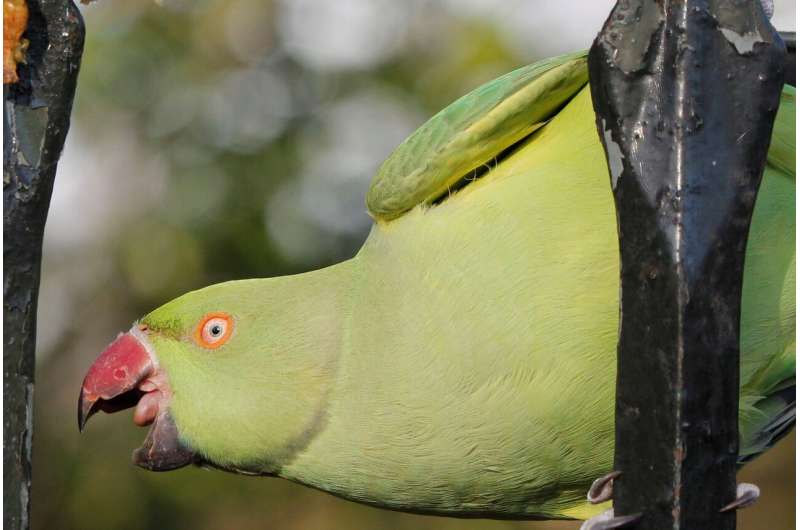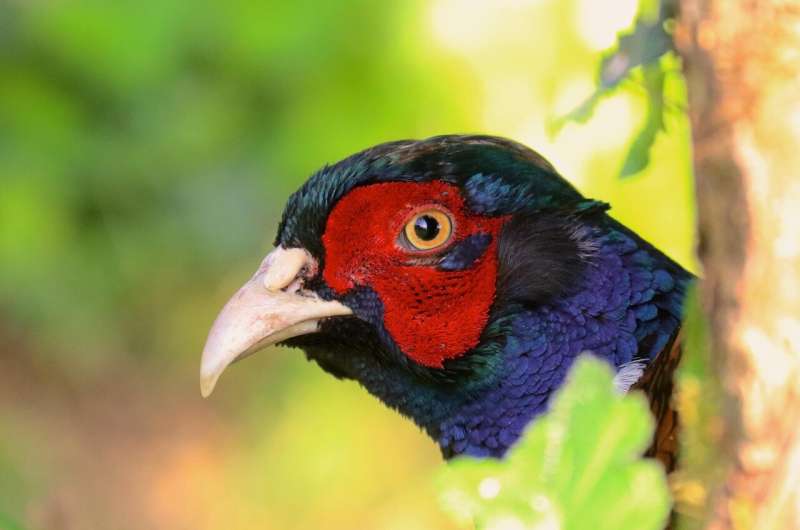Successful 'alien' bird invasions are location dependent

Published today in Nature, researchers show that alien bird introductions are most successful in locations and climates similar to their native habitats and in places where other alien species are already established.
The discovery is important for understanding the processes that help or hinder species moving between locations, and the next steps for predicting and limiting the threat of future biological invasions.
As human activity continues to reshape the world, alien species are becoming more of a problem through their negative impacts, including agricultural damage, the spread of disease and expensive damage to infrastructure.
They are also impacting on native species with an estimated third of animal extinctions worldwide and a quarter of plant extinctions since 1500 thought to be driven in part by alien species.
"We know alien species are the main driver of recent extinctions in both animals and plants so there is a clear and urgent need for better biosecurity measures to prevent or mitigate the impact of future invasions and protect endangered native species," explained first author Dr. David Redding (UCL Genetics, Evolution & Environment).
"With increased global trade, more species are being transported around the world either purposefully or as stowaways, which creates more opportunities for alien species to establish themselves in new habitats."
The team from UCL, ZSL, University of Utah, Koç University and the University of Queensland, used birds as a model system for other wildlife. They analysed 4,346 global invasion events spanning 708 species to see which factors enabled the birds to thrive in their new habitat.

"Previous studies have often looked at species traits, the number of individuals introduced, or examined aspects of introduction locations to explain alien introduction success, but understanding how these drivers act together is much harder," added co-author Professor Tim Blackburn (UCL Genetics, Evolution & Environment and the Institute of Zoology, ZSL).
"Our study is the first to explore all such aspects of alien introductions to determine which matter most, at the global scale and for a whole group of aliens."
They found that alien species are more likely to settle if the local environment is similar to their home habitat, and has few extreme weather events: big storms can wipe out alien and native populations alike.
Birds are also more likely to prosper in places where other alien species are flourishing, which can lead to an accumulation of alien species in 'hotspots'.
"The worry is that previous aliens pave the way for new ones, which can lead to 'invasional meltdown'. We need internationally agreed management plans to detect stowaway species at entry points such as ports, and we must be much more careful about which species are purposefully introduced to a new area," said Professor Blackburn.
Great Britain is in the top 10% of areas for harbouring alien species, including the Rose-ringed Parakeet from India, the Canada Goose from North America, and the east Asian Mandarin Duck. The large numbers of successful aliens in Great Britain suggest it will be vulnerable to more such species establishing here.
The authors recommend biosecurity measures are taken in hotspot areas as a priority to prevent further introductions of alien species and protect local wildlife.
More information: Location-level processes drive the establishment of alien bird populations worldwide, Nature (2019). DOI: 10.1038/s41586-019-1292-2 , www.nature.com/articles/s41586-019-1292-2
Tim M Blackburn et al. Alien versus native species as drivers of recent extinctions, Frontiers in Ecology and the Environment (2019). DOI: 10.1002/fee.2020
Wayne Dawson et al. Global hotspots and correlates of alien species richness across taxonomic groups, Nature Ecology & Evolution (2017). DOI: 10.1038/s41559-017-0186
Journal information: Nature , Nature Ecology & Evolution , Frontiers in Ecology and the Environment
Provided by University College London



















